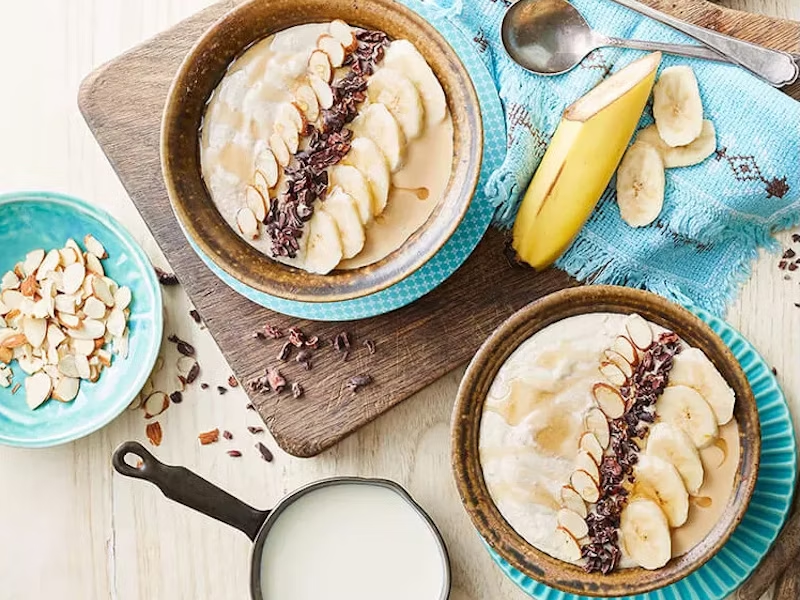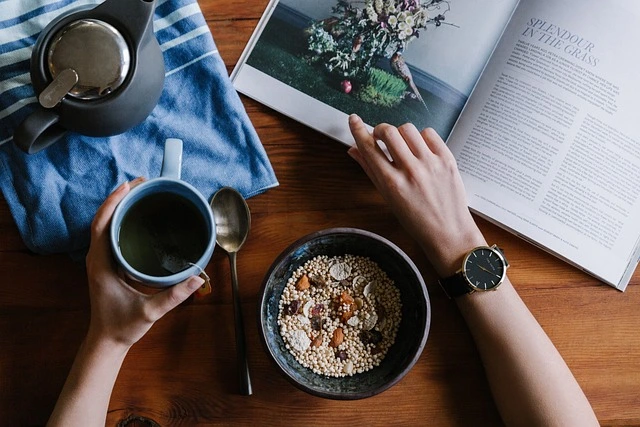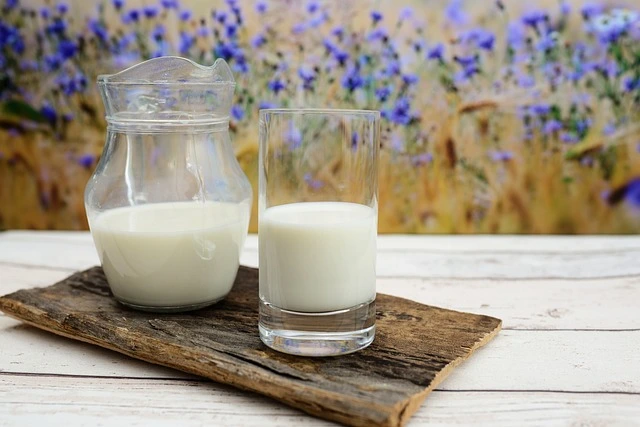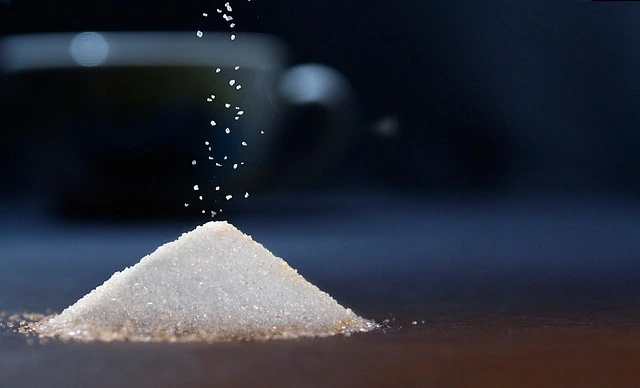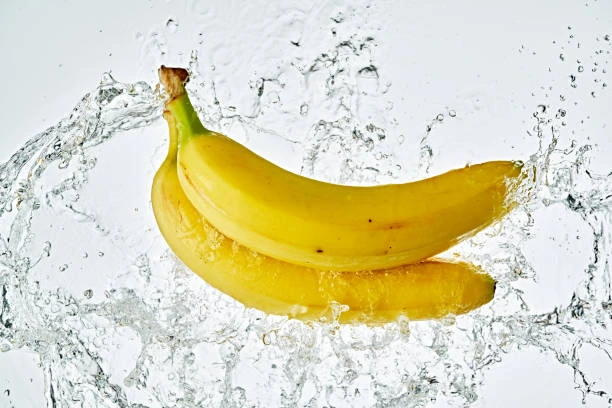Top 5 Fun Facts of Best Food Nutrition
Top 5 Fun Facts of Best Food Nutrition can assist you in making more healthful food decisions. Comparing similar items can also help determine the optimal choice for your diet.
Here are a few nutrition facts that experts all agree on: Milk is beneficial to both bones and teeth, sugar doesn’t cause cavities and bananas float on water.
1. Milk is good for your bones and your teeth
Milk is a good source of calcium, it is essential for supporting strong bones and teeth. Milk also provides other essential vitamins and minerals like protein, phosphorus, potassium, zinc and vitamin D – making it an excellent way to stay nourished.
Milk and dairy foods can provide up to half of your daily calcium needs. Calcium is essential in supporting bone development for children as they age while simultaneously supporting density and strength during adulthood. Therefore, ensuring adequate calcium in your diet will help prevent osteoporosis.
As part of a healthy diet, it’s recommended to consume milk and dairy products – including reduced-fat options – every day, with reduced fat options being ideal. Other great sources of calcium include dark leafy vegetables like bok choy, Chinese cabbage, kale collard greens turnip greens spinach which contain up to 700 mg per cup – an invaluable supplement in your daily meal.
If you can’t or choose not to consume dairy products, there are numerous plant-based alternatives that provide similar nutrients as dairy milk – almond and soy milk are both great examples; their exact nutrient profiles differ, so always double check what kind of milk suits your lifestyle best.
Apart from calcium, there are other key dietary considerations when selecting food to promote oral health. Protein is another essential nutrient needed for maintaining good oral hygiene; it strengthens connective tissues around your teeth. Include protein-rich foods like lean meats, fish, nuts, seeds, pulses and whole grains into your daily diet for maximum effect – such as bran cereal with skim milk will give 14 grams while spinach salad with low-fat cottage cheese topping and blueberries could add up to 30.
2. Sugar doesn’t cause cavities
Since you were young, your parents likely warned against eating sugar because it causes cavities. Unfortunately, however, this advice wasn’t completely incorrect either: sugar doesn’t directly cause cavities but provides bacteria in the mouth with fuel they need to process carbohydrates, producing acids that erode enamel and eventually form holes known as cavities.
One reason it’s essential to limit your sugar intake is for this very reason, while sipping on plenty of water after eating sweet foods or snacks will help flush away acidic residue and prevent tooth decay.
As well as cutting back on sugar consumption, natural sweeteners like xylitol and stevia may provide an effective and healthier solution. Not only are these alternative sweeteners great for replacing candy with something healthier; but their metabolism by oral bacteria doesn’t lead to cavities either.
Sugar may rot your teeth, but it’s not the sole factor causing tooth decay. Other contributing factors may include poor oral hygiene and the presence of bacteria in your mouth.
Sugar is essential for proper functioning of the body and should never be completely cut out from your diet. If you choose to indulge in sweet treats, be sure to brush afterwards with fluoride toothpaste to protect your smile and visit Madison dentist regularly to assess their dental health – this will give you the best chance at avoiding cavities and other oral health problems.
3. Peanut butter glows in the dark
Did you know that peanut butter glows in the dark? This incredible phenomenon is due to phenolic compounds found in plant-based food that absorb light and then emit it back out as green color spectrum waves; an effect known as delayed fluorescence.
Peanut butter that has been frozen first produces the brightest illuminating effects, due to the breakdown of phenolic compounds during crushing and heating peanuts to make nut butter, while freezing further enhances this effect. As such, freezing creates a unique TikTok-esque trick you can bring along to any party or gathering.
And don’t fret over an older jar of peanut butter turning rancid; don’t panic. The “Best-By-Date” on its label serves more as a safety indicator, since peanut butter contains lots of oil which significantly lowers its chances of going off on you if left sitting on a shelf for too long.
4. Bananas float in water
Have you ever asked yourself whether bananas float in water? While this question might seem silly at first, the answer can actually be quite fascinating. Bananas float due to having an significantly lower density than water due to factors like their air pockets, reduced starch content during ripening and their unique shapes; all contributing to their buoyancy.
Are you curious as to why bananas float? Conduct some experiments of your own at home. Gently place one into a glass of water and observe whether it sinks or floats; also experiment with various ripenness levels and see how their buoyancy changes over time.
Another fascinating fact about bananas is their ability to soothe itchy mosquito bites. Their skin contains chemicals which soothe irritation caused by these irritating pests; however, if you are allergic to bananas then this remedy should never be eaten as this could potentially become dangerously itchy.
5. Salmon isn’t pink
Salmon fish is usually associated with having pink or red hues, and that’s no coincidence: wild salmon get their unique hue from eating shrimp and krill from the ocean which contain carotenoids which provide different shades of pink or red coloring to them. A salmon’s exact hue varies depending on its diet of shrimp or krill (and thus how many carotenoids it absorbs), with sockeye being the darkest red variety, while Coho salmon being lighter. Rare wild-caught varieties of salmon that do not possess pink or red hues include King salmon and Steelhead varieties. These have white flesh because their genes prevent them from processing astaxanthin naturally present in their food sources.
Of late, more people have been opting for farmed salmon instead of wild-caught. Farmed salmon now dominate 70 percent of the market and typically exhibit gray hues due to being denied their natural diet of shrimp and krill. As an alternative, farmers feed them dry kibble made up of smaller fish with other ingredients often made with byproducts from food industry or even petrochemical industries; to make it look more appealing they add astaxanthin into the feed for aesthetic reasons; its synthetic version mimics what wild salmon naturally consume in their natural diet.
Synthetic astaxanthin is safe to consume but costly to produce; thus leading to farmed salmon costing twice as much as wild-caught varieties and forcing many consumers to associate color with quality when selecting salmon for purchase.

FAQs
Q-1 How much protein do I need to gain muscle?
Ans. A daily intake of 1.2 to 2.2 grams of protein per kilogram of body weight is often advised for muscle building.
Q-2 What are 2 amazing facts about nutrition?
Ans. Some surprising facts about nutrition include the gut microbiome’s influence on our mood, certain nutrients mimicking hormones, and the crucial role of sleep in metabolism.
Q-3 Was Peanut butter glows in the dark?
Ans. While peanut butter doesn’t glow by nature, it can briefly flash brilliant green when exposed to UV light. This phenomena is caused by phenols, which are naturally occurring molecules found in peanuts that react to UV light by producing visible light.
Q-4 What is important for our bones or teeth?
Ans. Milk is a good source of calcium, it is essential for supporting strong bones and teeth.
Q-5 What are the health benefits of bananas?
Ans. A nutrient-dense fruit, bananas are high in vitamins, fiber, and potassium. Because they include natural sugars, they can help with digestion, heart health, energy levels, and muscular rehabilitation.

